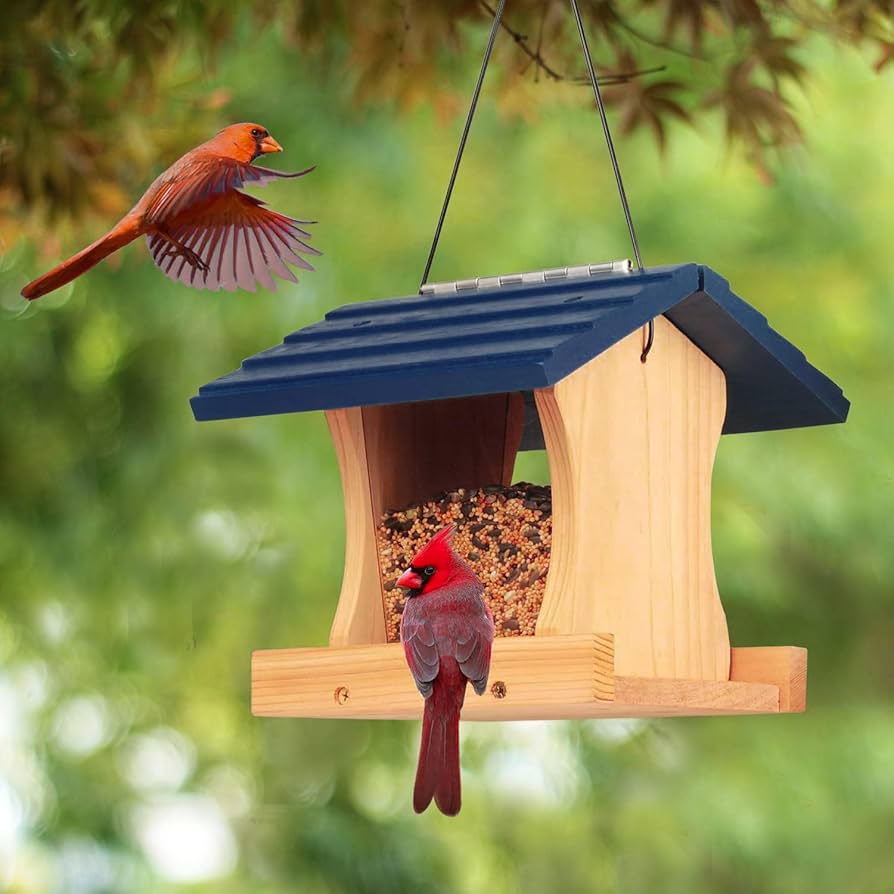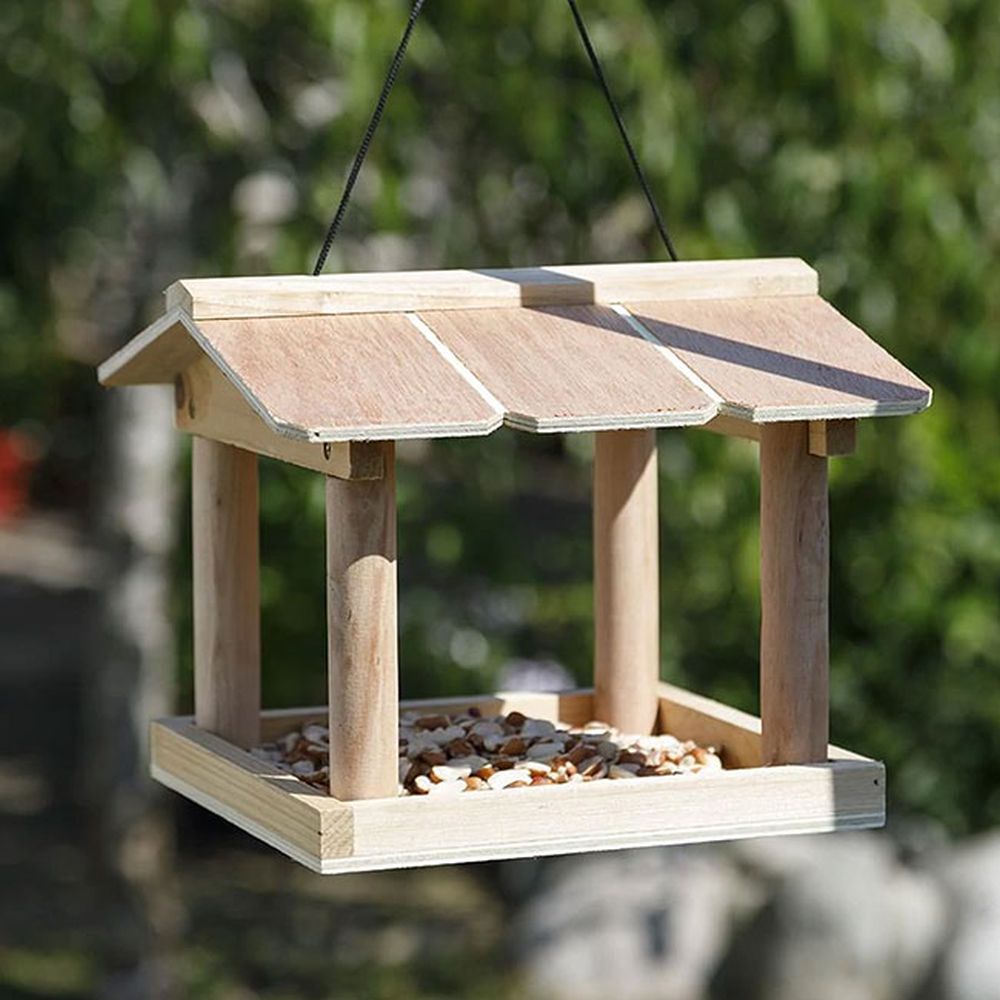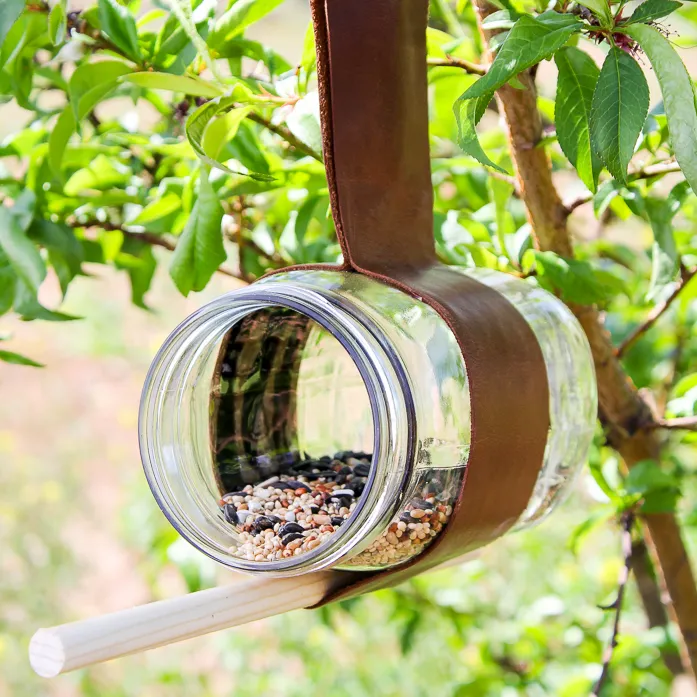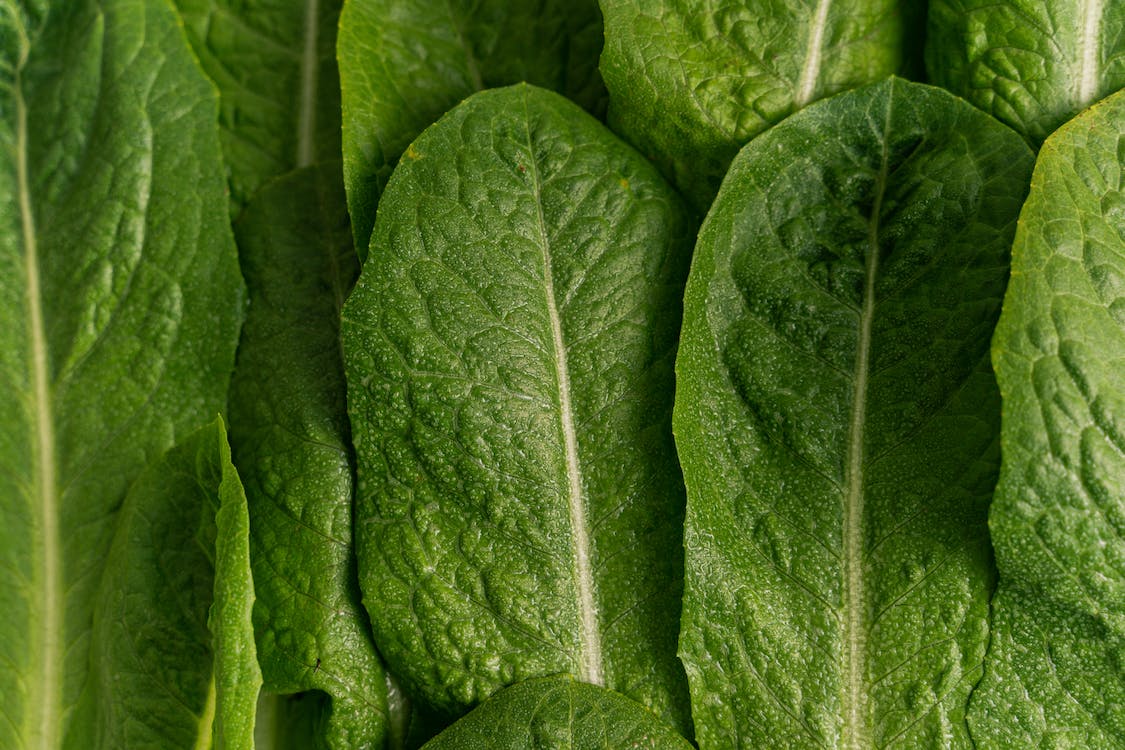I. Introduction

A. Importance of bird feeders in the yard
Bird feeders play a crucial role in attracting and supporting local bird populations in residential areas. By providing supplemental food, bird feeders can help birds find nourishment, especially during harsh weather conditions or when natural food sources are scarce. Additionally, bird feeders offer a wonderful opportunity for people to connect with nature, observe wild birds, and foster a greater appreciation for wildlife in their own backyard.
B. Benefits of making your own bird feeder
Making your own bird feeder offers a range of benefits, including the satisfaction of creating a unique and functional piece for your yard, the opportunity to customize the feeder to attract specific bird species, and the potential for cost savings compared to purchasing pre-made feeders. Crafting a bird feeder also provides a creative outlet and a rewarding DIY project that can be enjoyed by individuals, families, and nature enthusiasts of all ages.
II. Materials and Tools
A. Gather the necessary materials
- Wood – The first and most important material you’ll need is wood. You’ll want to choose a durable and weather-resistant type of wood, such as cedar, redwood, or pressure-treated lumber. This will ensure that your bird feeder lasts for years to come.
- Screws – In order to assemble your bird feeder, you’ll need a variety of screws in different sizes. Choose galvanized or stainless steel screws to prevent rusting.
- Wood glue – Wood glue will help to reinforce the joints of your bird feeder, making it more sturdy and durable.
- Bird seed – Of course, you’ll need bird seed to attract the birds to your feeder. There are many different varieties of bird seed available, so choose a mix that appeals to the types of birds in your area.
- Plexiglass or screen – Depending on the design of your bird feeder, you may need plexiglass or screen to create a platform for the bird seed. This will help to keep the seed dry and prevent it from spilling out.
- Roofing material – To protect the bird seed from the elements, you’ll need a roofing material such as shingles or metal flashing. This will also give your bird feeder a finished and professional look.

B. Essential tools for building a bird feeder
Once you have all the necessary materials, you’ll need a few essential tools to bring your bird feeder to life. Here’s what you’ll need:
- Saw – A high-quality saw is essential for cutting the wood to the correct measurements. A table saw or a circular saw will work best for this project.
- Drill – A drill will be used to create holes for the screws and to attach the various components of the bird feeder together.
- Screwdriver – While a drill will be used for most of the assembly, a screwdriver will be needed for tightening the screws in hard-to-reach areas.
- Sandpaper – To ensure that the surfaces of your bird feeder are smooth and splinter-free, you’ll need to sand down any rough edges.
- Clamps – Clamps will help to hold the pieces of wood together while the glue dries, ensuring a tight and secure fit.
-
Measuring tape and pencil – Accurate measurements are essential for a well-built bird feeder, so a measuring tape and pencil are necessary for marking and cutting the wood.
III. Choosing the Right Design
A. Different types of homemade bird feeder designs
- Platform Feeders:
These open, tray-like feeders are suitable for a wide variety of bird species and allow for easy access to different types of birdseed. - Hopper Feeders:
Hopper feeders have a container that holds the birdseed and dispenses it gradually, offering a consistent food supply for birds. - Tube Feeders:
Tube feeders are effective for smaller bird species and can be filled with a variety of seeds, attracting finches, chickadees, and other small birds. - Suet Feeders:
Suet feeders are designed to hold suet cakes, providing a high-energy food source for insect-eating birds like woodpeckers and nuthatches.
B. Considerations for selecting the right design for your yard
When choosing a bird feeder design for your yard, consider factors such as the local bird species you wish to attract, the available space for the feeder, and the prevailing weather conditions. Assessing the feeding habits and behaviors of the target bird species can also help determine the most suitable feeder design. Additionally, take into account the ease of maintenance and refill, as well as the feeder’s durability and resistance to pests.
IV. Step-by-Step Construction
A. Detailed instructions for building a simple bird feeder
To build a simple platform feeder, begin by cutting the wood planks into the desired dimensions for the base and four sides. Assemble the pieces using wood glue and screws, ensuring the feeder has a raised edge to contain the birdseed. Attach a hanging mechanism to the top of the feeder to facilitate suspension. To attract a diverse range of birds, consider installing dowels or a mesh tray to hold different types of birdseed, such as sunflower seeds, peanuts, or millet.
B. Tips for customizing your feeder to attract specific bird species
To attract specific bird species, consider customizing your feeder with features tailored to their feeding preferences. For example, incorporating perches or pegs on the feeder can attract perching birds, while adding a suet cage or holder can cater to woodpeckers, nuthatches, and other suet-loving species. Furthermore, adjusting the size of the feeder’s openings can help regulate access to larger or smaller birds, promoting a diverse and balanced bird community in your yard.
V. Placement and Maintenance
A. Selecting the ideal location for your homemade bird feeder
- Visibility:
Choose a location that allows for easy observation of visiting birds from inside the house or outdoor seating areas, providing enjoyment for birdwatchers. - Safety:
Position the feeder within proximity to shrubs or trees, offering nearby cover for birds to retreat to in the event of a predator sighting. - Accessibility:
Place the feeder at a comfortable height for maintenance and birdwatching, ensuring it is easily accessible for refilling and cleaning. - Siting Considerations:
Consider factors such as wind direction, sun exposure, and proximity to potential hazards like windows to optimize the feeder’s safety and appeal to birds.
B. Tips for maintaining and cleaning your feeder to keep birds healthy
- Regular Inspection:
Routinely inspect the feeder for damage, wear, or signs of pest infestation, and make necessary repairs or adjustments to maintain its functionality. - Cleaning Schedule:
Establish a regular cleaning schedule to remove accumulated debris, bird droppings, and potential mold or bacteria, promoting a hygienic and safe feeding environment. - Birdseed Management:
Keep birdseed fresh and dry by storing it in airtight containers to prevent spoilage and reduce the likelihood of attracting unwanted pests. - Disease Prevention:
Be vigilant for signs of avian diseases at the feeder, such as sick or lethargic birds, and promptly clean and disinfect the feeder if any issues arise.
VI. Enjoying Your Feathered Visitors
A. Observing and identifying the birds that visit your feeder
Engaging in birdwatching at your homemade feeder provides the opportunity to observe and identify various bird species. Keep a birding guide or app handy to assist with identifying the birds’ characteristics, behaviors, and calls, enhancing the enjoyment of the birdwatching experience.
B. The joy of birdwatching and creating a welcoming habitat
Birdwatching provides numerous benefits, including stress reduction, increased mindfulness, and a deeper connection to nature. By creating a welcoming habitat for birds through the provision of food and shelter, individuals can cultivate a thriving ecosystem in their own backyard while fostering a sense of stewardship and admiration for local wildlife.
Observing and maintaining a bird feeder not only offers the satisfaction of creating a hospitable environment for wild birds but also contributes to the conservation and appreciation of avian diversity, enriching the overall experience of connecting with nature at home.



